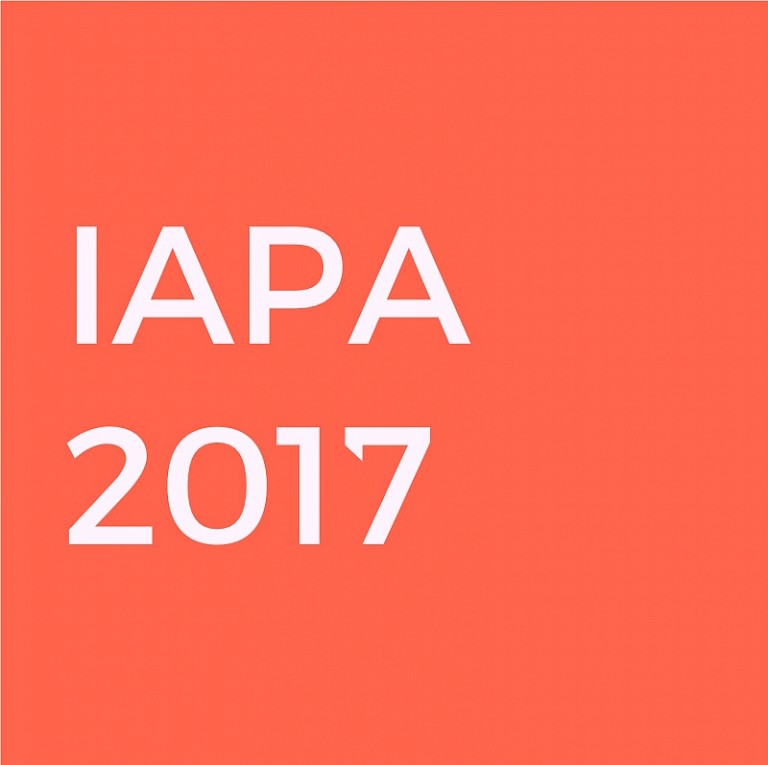



Bakaboza is a fictional puppet created by Nini Ayach and based on the desires of the Egyptian citizens of Ard el Lewa, an informal settlement in Cairo, during the first round of presidential elections in 2011. Bakaboza was a utopic symbol and served as an alternative voice to a new and imagined alternate Egypt.
The medium through which Ayach bravely decided to show the bittersweet nature of political utopia and inevitable disappointment in practice was very deliberate; puppetry has traditionally been used globally to provide a satire of political figures. In Egypt, puppetry is a commonplace term to represent all figures in power, but it is noticeable that this particular puppet was born of the people of Ard el Lewa, a population living in one of the many ‘unofficial’ urban developments in Cairo.
Bakaboza promised mango trees and jukeboxes on every street, higher salaries, free healthcare, an end to corruption and illiteracy, even public Aikido lessons by Steven Seagal. Through direct social engagement, the project was effective in its aim of providing participants with the chance to reflect, hope, challenge, and map out whatever figments had lain dormant in their imaginations of their homeland. Additionally, the effectiveness of the puppetry, in its movements and human representation, provided a very believable aesthetic that allowed children and adults to invest themselves into the artwork, simultaneously knowing that it is utopian, impractical, and surreal.
Bakaboza marched down the streets, backed by children and adults alike, chanting and celebrating him, generating a large following, but reaffirming that he was fictional and based on their desires for a better Egypt. Bakaboza inspired voices and an awareness and a sense of ownership amongst his followers, but also highlighted a flickering moment of real hope.
The exponential take-up of the project is also seen in the full campaign created in the Artellewa art space, where posters, speeches, chants and a large puppet were created to manifest the artwork in its entirety. As defiant as the message of the campaign seemed in the message of its satire, it was also a very politically benign, and astute, manner in which to highlight to Egyptians the real possibilities and impossibilities that would inevitably come from the political upheaval of the time.
As a work of art, the deliberacy with which Ayach portrays the message, through work which may portray a simplicity in its materials yet great sensitivity in the manner in which it evoked public reaction, and one which had a public element to it from inception through to production, is shown through its impact. The form taken by many inspired to create public art which resulted from the ‘Arab Spring’ has usually been one-way, murals or graffiti or slogans for example. But Ayach has managed to create a work of art that developed through, with and for the public, whilst being inspired by politics.
All copyright belongs to Shanghai Academy of Fine Arts, Shanghai University.



